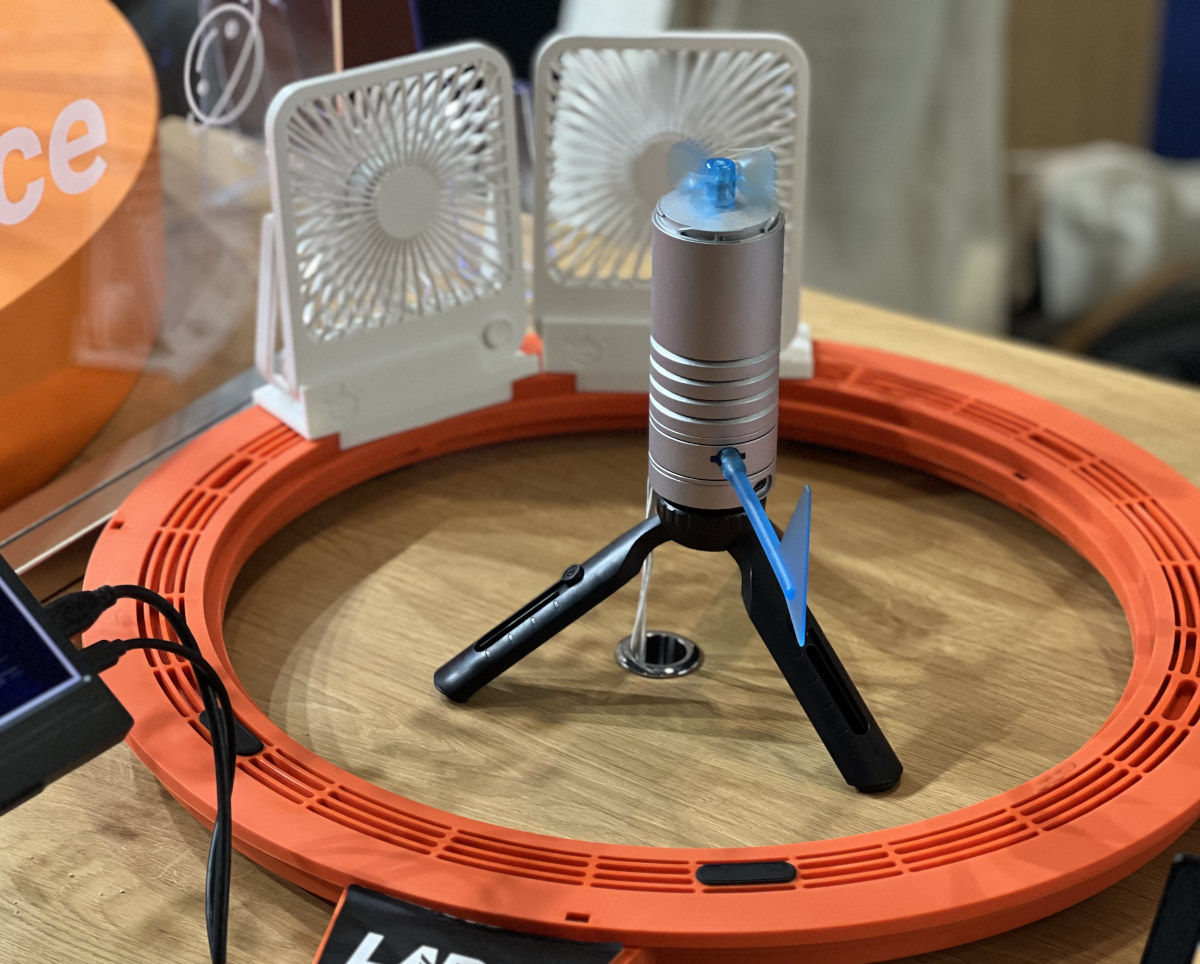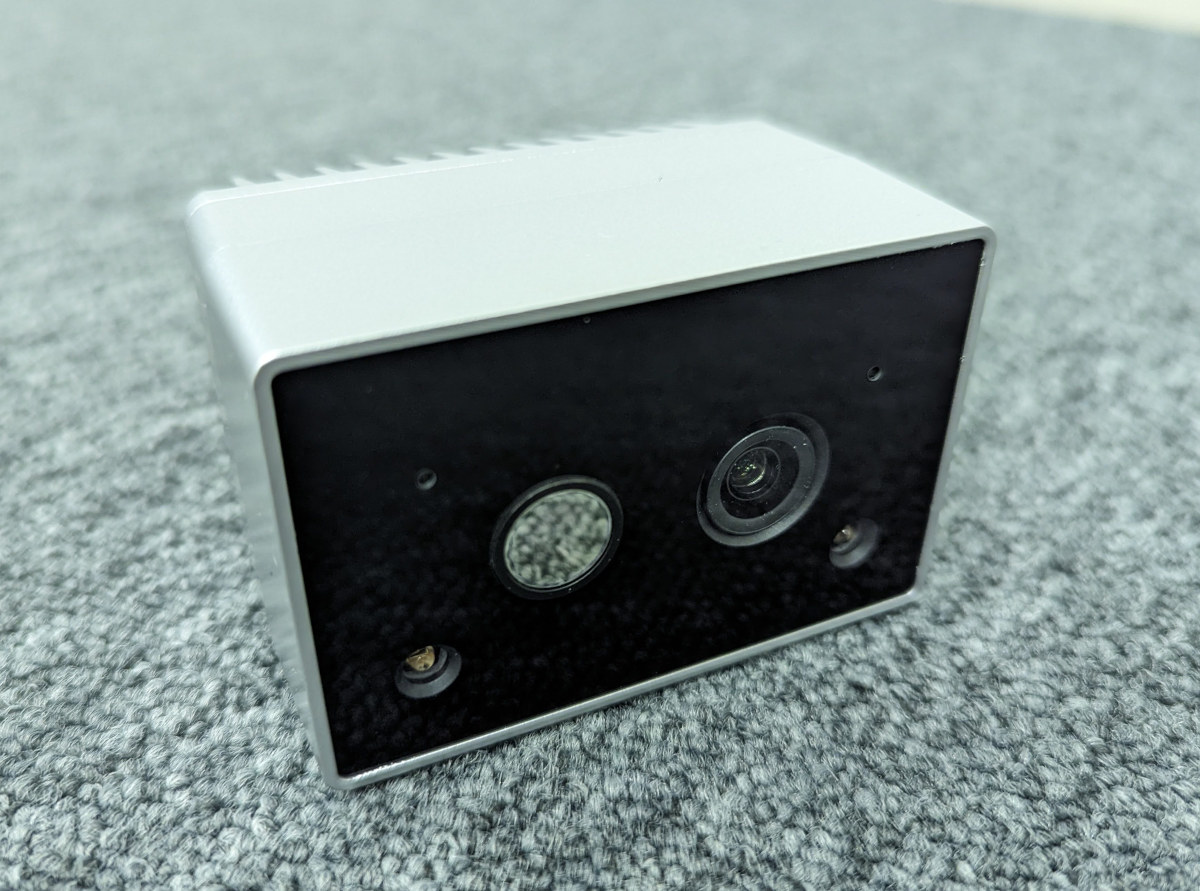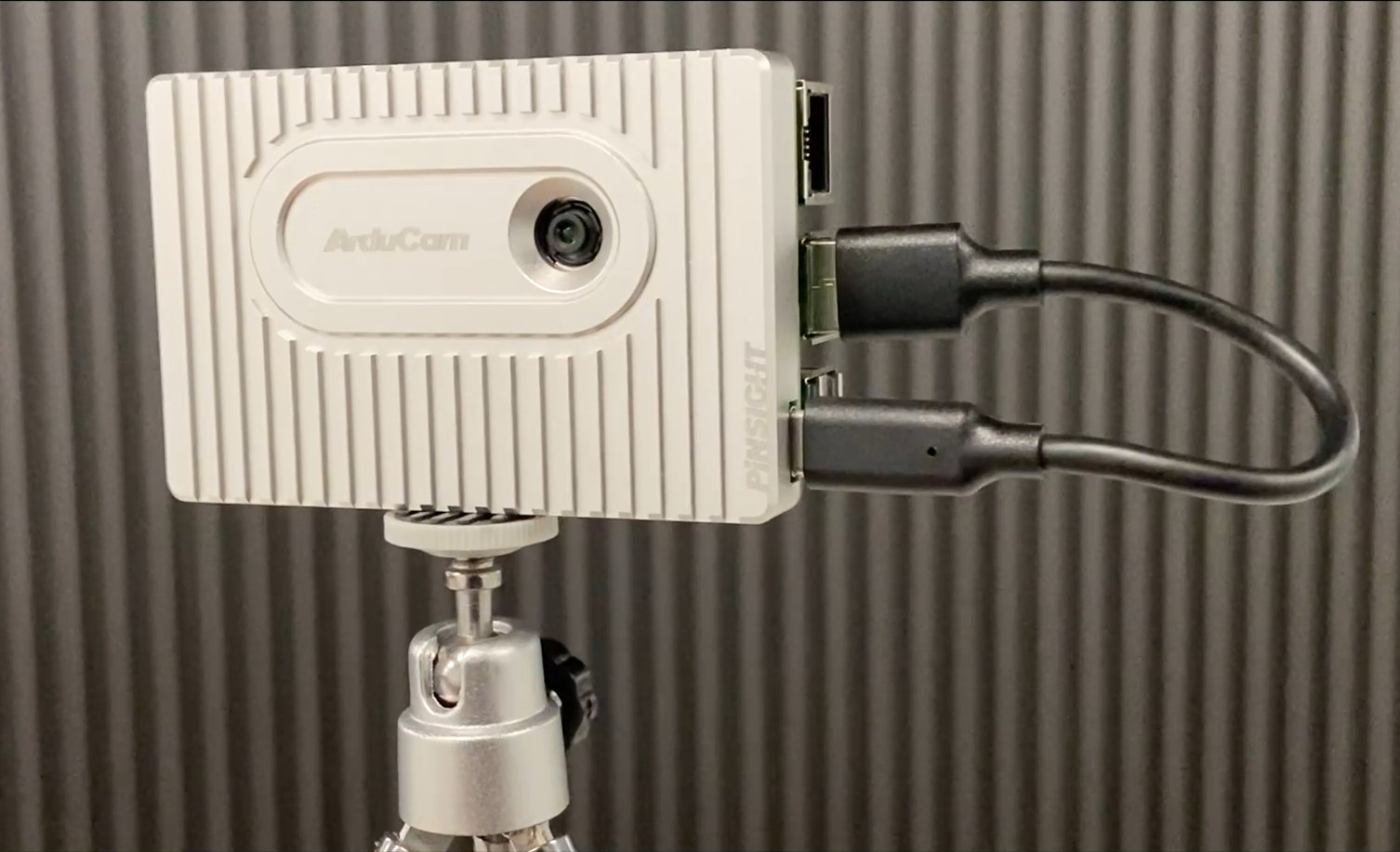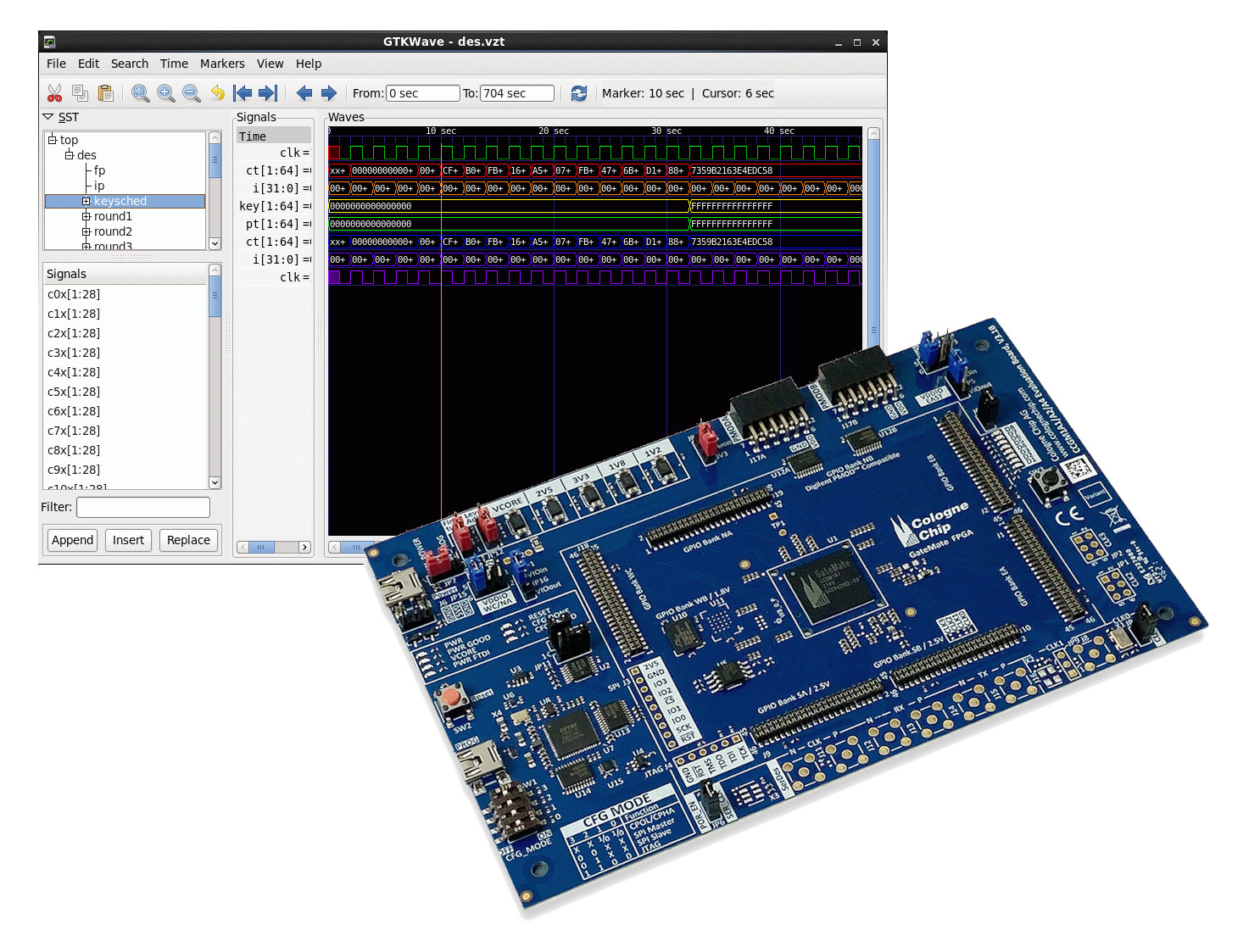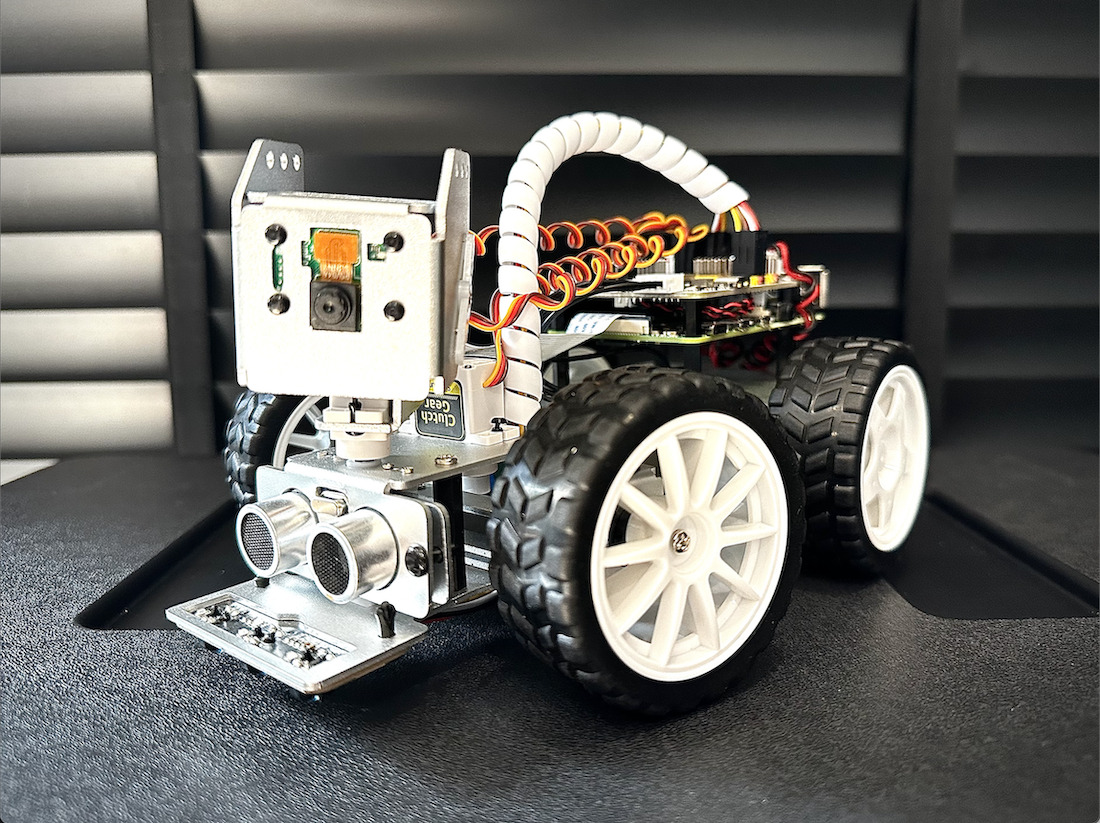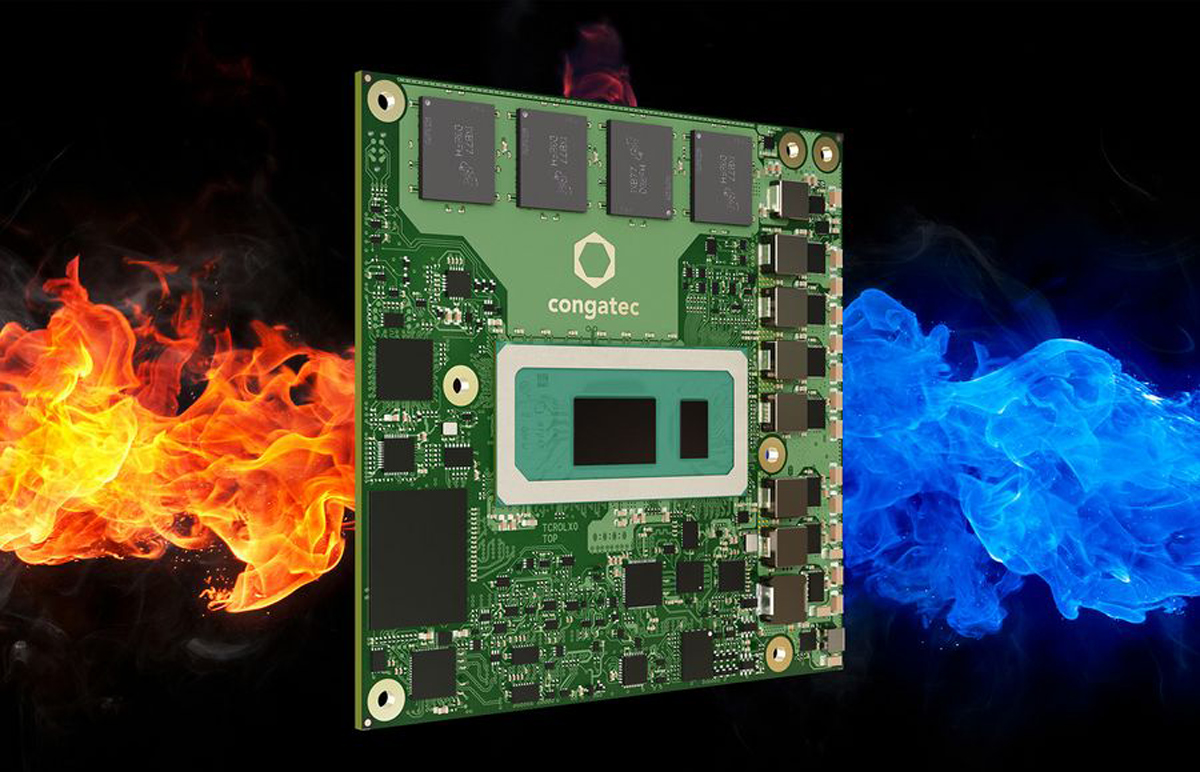The Lark Weather Station measures wind speed, wind direction, temperature, humidity, and air pressure through a range of sensors and connects to popular development boards such as Arduino UNO, ESP32, BBC micro:bit, Raspberry Pi, or DFRobot Unihiker through I2C or UART. We’ve seen several projects for Internet-connection weather stations that retrieve weather data from the web and display the results locally, but the Lark Weather Station allows the users to get atmospheric data right in his/her current location thanks to its built-in anemometer, wind vane, and built-in sensors, as well as expansion interfaces for additional sensors. Lark Weather Station specifications: Storage – 16MB flash good to store about 160 days of data (when data is recorded once per minute) Sensors Compass Anemometer Wind Speed: 0.5~12m/s Cover to protect the anemometer during storage/transport Wind vane and wind direction shaft to report the wind direction (eight directions) Temperature Range –20~60℃ ±0.2℃ Humidity […]
Doly – A cute little autonomous AI-powered robot based on Raspberry Pi CM4 module (Crowdfunding)
Limitbit Doly is a cute little autonomous robot with two continuous tracks, two small arms controlled by servos, two round color displays acting as the eyes, and various sensors, all controlled by a Raspberry Pi CM4 system-on-module. The robot can be used for STEM (Science, Technology, Engineering, and Mathematics) education or as a developer platform. AI workloads can also run on the Raspberry Pi CM4 module taking sensors, camera, and microphone inputs, with the robot interacting with the user through the built-in stereo speaker and two eyes. In practice, that means Doly supports features such as face recognition and smart audio with the robot capable of recognizing its owner and responding to voice commands. Doly specifications: System-on-Module – Raspberry Pi CM4 Lite model CM4101000 (1GB RAM, Wireless) by default, but also supports other CM4/CM Lite modules with wireless Storage – MicroSD card slot Display – 2x high-resolution color displays (the […]
Luxonis OAK Thermal – A PoE thermal camera with Myriad X AI accelerator, waterproof M12 and M8 connectors
Luxonis has announced its first thermal camera with the OAK Thermal (OAK-T) based on the company’s OAK-SoM Pro AI module featuring an Intel Movidius Myriad X, and two waterproof ports with an M12 PoE/Ethernet connector and an M8 auxiliary connector. Luxonis has been making AI cameras based on Myriad X AI accelerator and its Depth AI solution at least since 2019, and its module is also found in third-party cameras as we’ve recently found out with the Arducam PiNSIGHT AI camera. But they had never made a thermal model, and following customers’ requests to fuse thermal and RGB data, they’ve now developed the OAK Thermal, or OAK-T for shorts, that is suitable for detecting leaks and fires or more accurately detect humans & animals than traditional vision-only based cameras. OAK Thermal camera specifications: System-on-Module – Luxonis OAK-SoM Pro with AI accelerator – Intel Movidius Myriad X AI vision processing unit […]
Arducam PiNSIGHT – A 4 TOPS AI camera board for the Raspberry Pi 5
Arducam PiNSIGHT is an AI camera board designed for the Raspberry Pi 5 equipped with a 12.3MP auto-focus module and an Intel Movidius Myriad X-powered SoM delivering up to 4 TOPS and supporting Intel OpenVINO deep learning models. The PiNSIGHT “AI Mate” is mounted underneath the Raspberry Pi 5 to which it is connected through a 15-cm USB-A to USB-C cable. The case is made of metal and acts as a heatsink, and Arducam told CNX Software it dissipates heat enough to cool down the Raspberry Pi 5, and they don’t think the active cooler is needed anymore. In other words, it also acts as a fanless enclosure albeit it’s not in contact with the CPU, so whether it’s enough probably depends on your use case… Arducam PiNSIGHT “AI Mate” specifications: AI accelerator – Luxonis OAK-SoM based on Intel Movidius Myriad X vision processing unit delivering up to 4 TOPS […]
Cologne Chip releases an open-source integrated logic analyser (ILA) for GateMate FPGA chips
Cologne Chip’s “Integrated logic analyzer” (ILA) project is an open-source Verilog implementation of a logic analyzer running on the company’s GameMate A1 FPGA and designed to capture internal signals. When we first covered the GameMate A1 FPGA we noted Cologne relies on the open-source Yosys framework coupled with a proprietary, but free-of-charge, place & route tool contrary to most other FPGA vendors that only offer closed-source proprietary development tools. The German company has now released the GateMate integrated logic analyzer project to help customers debug their FPGA designs. The project includes the digital circuit of the ILA designed in the hardware description language Verilog and a Python program (ILA Control Program) used to configure the configuration of the ILA from the design under test (DUT) and provide an interface with the user during the debugging process. The user will also need a GateMate FPGA toolchain and GTKWave open-source program to […]
SunFounder PiCar-X 2.0 review – A Raspberry Pi 4 AI robot car programmable with Blockly or Python
SunFounder PiCar-X 2.0 is an AI-powered self-driving robot car using the Raspberry Pi 3/4 as the main processing board. It is equipped with a camera module that can be moved by a 2-axis servo motor, allowing the camera to pan or tilt, an ultrasonic module for detecting distant objects, and a line detection module. The PiCar-X robot can also perform computer vision tasks such as color detection, face detection, traffic signs detection, automatic obstacle avoidance, and automatic line tracking. The PiCar-X can be programmed with two computer languages: Blockly-based Ezblock Studio drag-and-drop program and Python, and the robot works with OpenCV computer vision library and TensorFlow for AI workloads. Finally, you can also control the robot through the SunFounder controller application on your mobile phone. The company sent us a sample of the Picar-X 2.0 for review, so let’s get started. SunFounder PiCar-X 2.0 robot overview The PiCar-X robot kit […]
Congatec conga-TC675r – A COM Express Type 6 module with soldered RAM, 13th Gen Intel Core CPU
We’ve noticed a surge in the popularity of COM Express modules and Congatec has recently announced six new conga-TC675r COM Express Type 6 Computer-on-Modules based on 13th Gen Intel Core (Raptor Lake) processors that happen to come with soldered RAM instead of the usual SO-DIMM memory slots found in this form factor. The modules come with up to 14(6P+8E) cores and 20-thread, ultra-fast LPDDR5x memory, all within a total TDP of 45W. According to Congatec, this device is designed to work under extreme temperatures (-40°C to +85°C), and is built to withstand the highest standards for shock and vibrations notably thanks to the user of soldered onboard RAM, making this device suitable for off-road vehicles for mining, construction, agriculture, forestry, and other demanding mobility applications. Previously we have seen manufacturers like ADLINK announce COM Express modules based on the 13th Gen architecture, and both ADLINK and Congatec have also just […]
Inkycal v3 is a Raspberry Pi-Powered ePaper Dashboard for Your Desk
Inkycal v3 is an eco-friendly, customizable E-paper dashboard built with Python 3 and powered by a Raspberry Pi Zero W SBC for organizing and displaying information. Previously, we have covered many E-paper display modules like Inkplate 4, EnkPi, Inkplate 2, and other E-paper display modules. But what makes Inkycal v3 different is its open-source software, a 7.5″ E-paper display with a black frame, and its modular approach to home screen settings. Features of Inkycal v3 E-paper Display: Integrated System – Raspberry Pi Zero W with E-Paper display and custom driver board. Design – Slim 13x18cm frame, black with a black-and-white bezel, and concealed components. Software – Inkycal OS, Python 3-based, supports new SPI displays including 12.48″ models. Modularity – Offers calendar, image, slideshow, RSS feeds, stock tickers, weather, and Todoist modules. User-Friendly – Configurable via a web app, no coding needed. Community Support – Active Discord channel for assistance and […]


